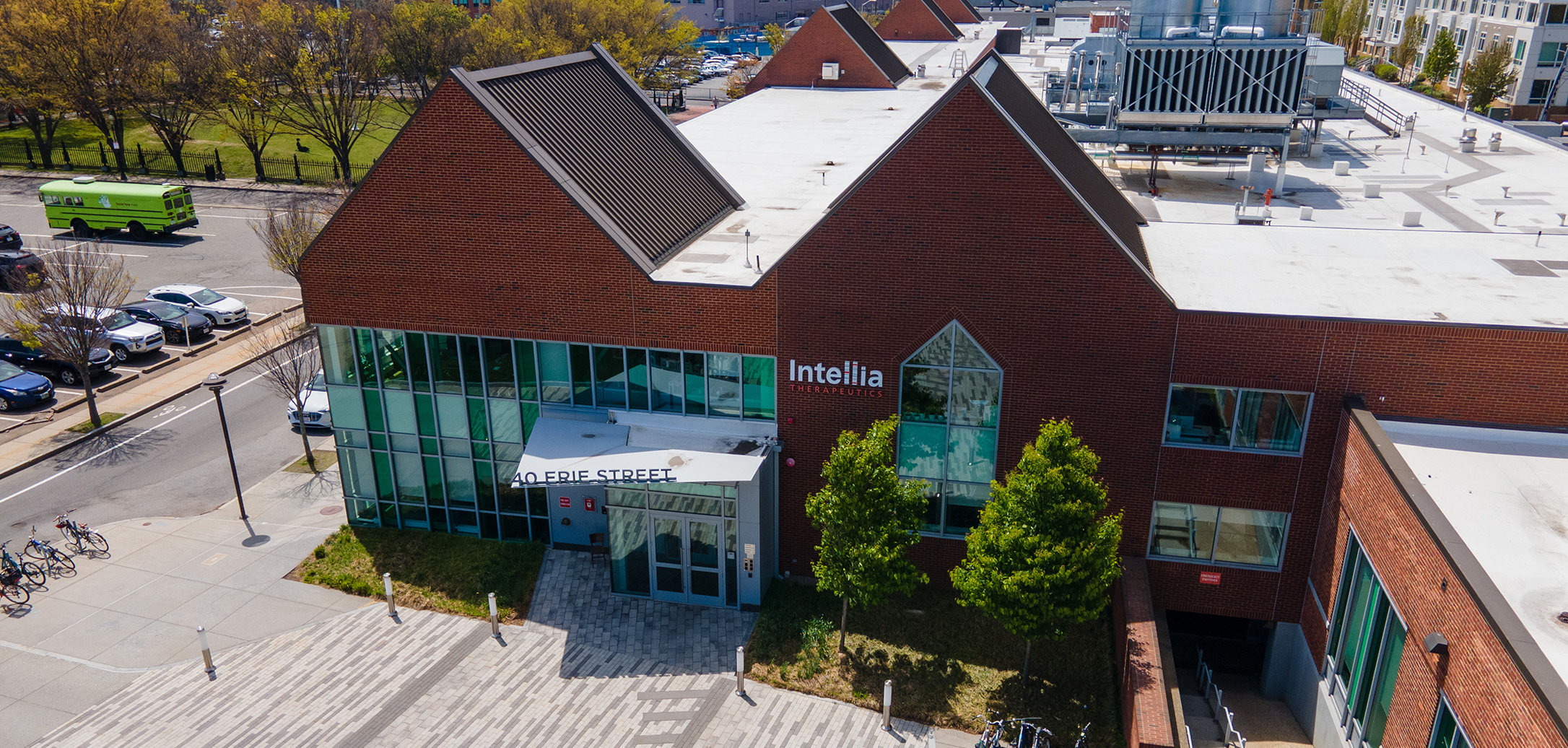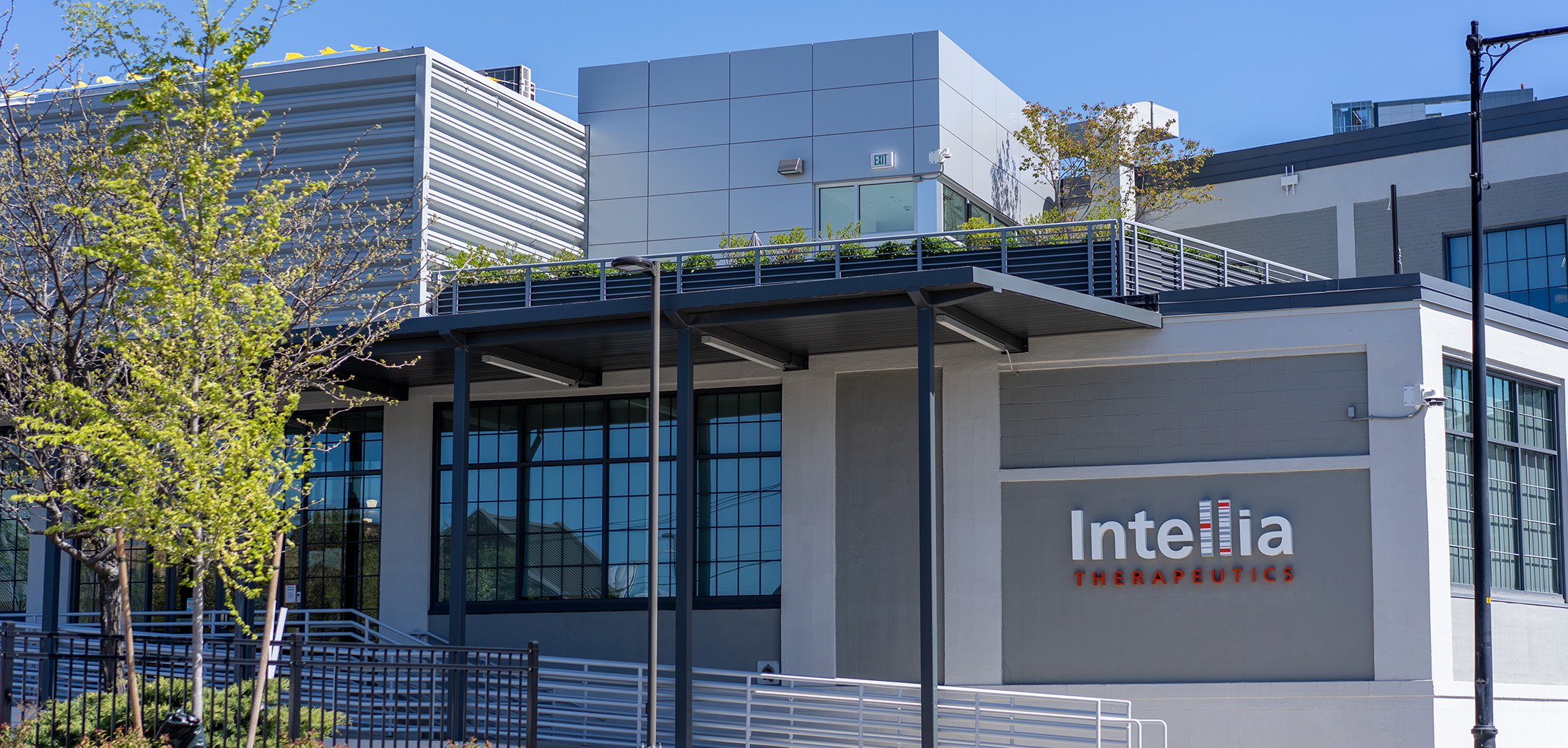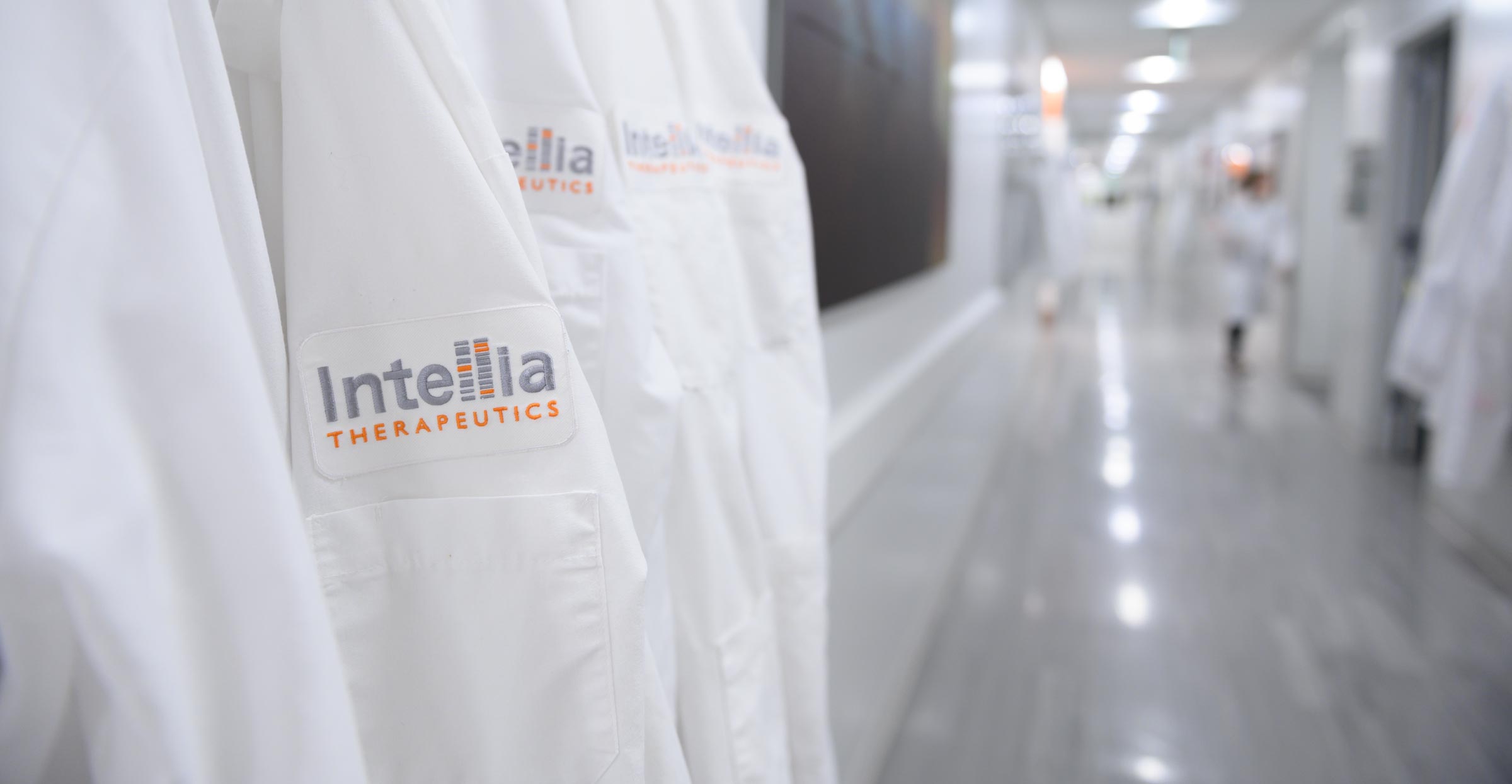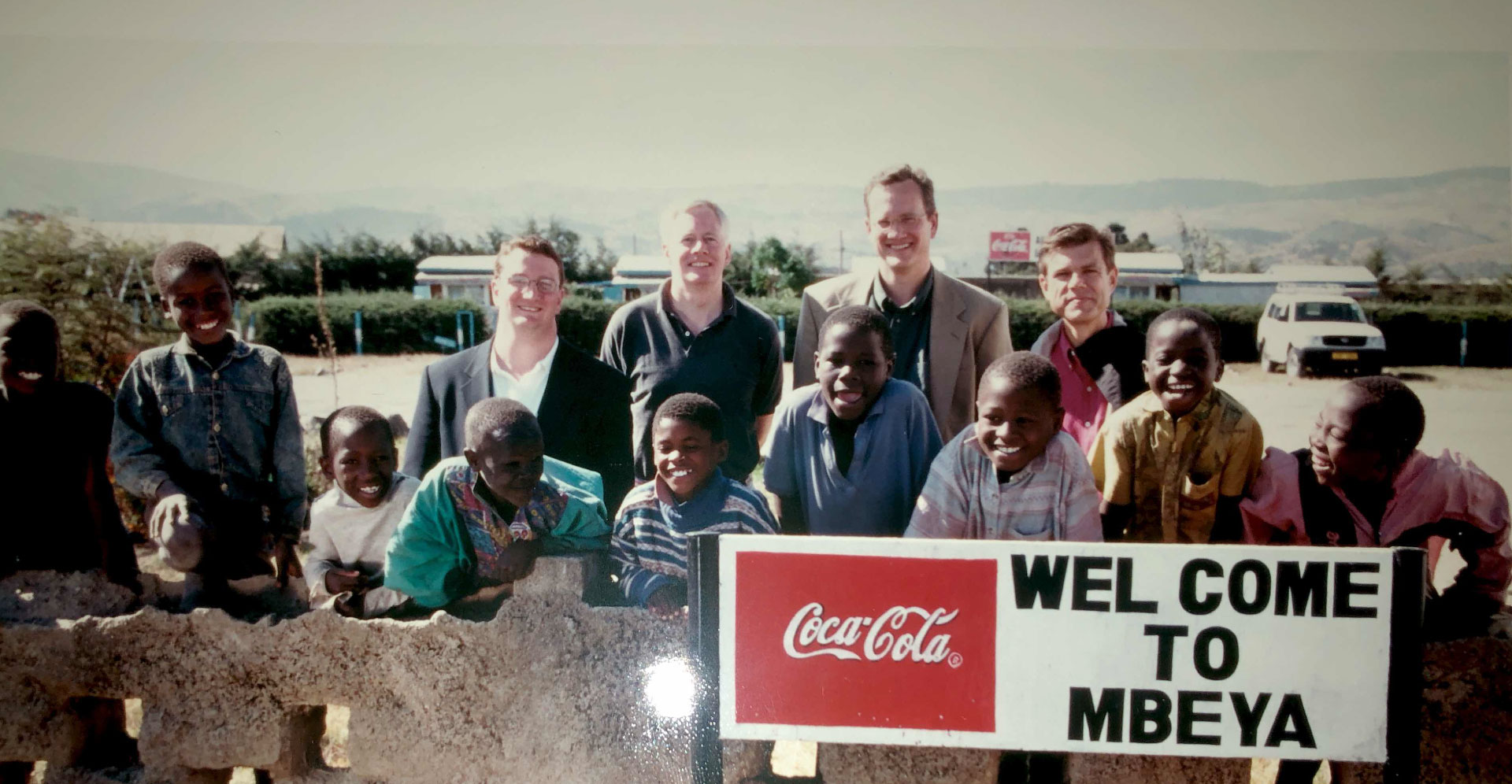The Evolution of One at Intellia
A lot has changed since I joined Intellia in the spring of 2017. Our workforce has grown from 100 to 600, our leadership team has been completely transformed, our physical footprint expanded from one to six buildings, and due to the impact of COVID-19, our work approach has shifted from entirely in-person to a hybrid model.
READ ARTICLEThe Team That Made It Happen
Three years ago, the idea of editing genes inside the human body seemed like science fiction to many. Sure, it sounded exciting, but would it really be possible? When I think about the journey since then — and where we are today — it’s truly remarkable.
READ ARTICLEReaching Patients Through Our Partnerships
In the field of biotech, sometimes, partnerships and collaborations are vital to maximize the impact of new technologies.
READ ARTICLEThe Best is Yet to Come
Each year that passes, I continue to be amazed by Intellia’s growth. Since joining the company in 2014, I’ve been able to see firsthand that the progress we’ve made is the result of really hard work from a group of very talented people.
READ ARTICLEWhy Intellia is a ‘Top Place to Work’
One of the things I love about Intellia is that innovation is everywhere. We like to say we have employees who want to change the world. And when I go to work in the morning, I see that in the people around me.
READ ARTICLEA CRISPR Moment in Time
When I graduated medical school in 1983, if someone had asked me then, “What do you think the medical field will look like in 40 years?” I couldn’t have imagined the possibility of where we are today. The idea of editing DNA to possibly treat someone of a rare, genetic disease would have seemed unreachable.
READ ARTICLEMarking Milestones, the CRISPR Way
Today we celebrate a game-changing tool in research and medicine. Ten years ago, one of Intellia’s founders, Dr. Jennifer Doudna, and her collaborator, Dr. Emmanuelle Charpentier, published a paper in Science, detailing the power of CRISPR/Cas9 to edit strands of DNA at precise locations.
READ ARTICLEAssembling Intellia’s Full-Spectrum Toolbox
Being full spectrum not only refers to using the technology for in vivo and ex vivo therapeutic applications. It also encompasses our mission to create a toolbox of technology enablers and solutions — from various gene editing and delivery modalities to development capabilities.
READ ARTICLEThe Beginning of Something Big
With Intellia’s February 28 announcement, highlighting the latest data from our Phase 1 clinical trial of NTLA-2001 for the treatment of ATTR amyloidosis, we are seeing CRISPR’s potential as a one-time treatment for genetic diseases. Fifteen individuals with their own unique lives and stories are participating in Part 1 of our first-in-human Phase 1 study. And initial clinical test results suggest that relevant aspects of their disease have been significantly impacted.
READ ARTICLEThe Difference a Year Makes
A year ago, when we laid out Intellia’s strategic priorities for 2021, we announced our goal of evaluating the initial clinical profile of NTLA-2001, the first-ever systemically delivered CRISPR therapy dosed in a patient. Even though the interim clinical data announcement happened in June last year, I’m still struck by how much it changed everything – not just for Intellia, but for the field of genome editing and even the trajectory of medicine.
READ ARTICLEOpening a New Era of Medicine
This week, we entered a new era of medicine. Intellia Therapeutics, the company I lead, announced the first clinical data in history suggesting that we can harness the genome editing technology CRISPR to precisely edit target cells within the body to treat — and potentially cure — a genetic disease.
READ ARTICLEFarewell to Sickle Cell Disease in the Developing World
The year was 2000, and I was part of an advance crew scouring different parts of Africa in search of regions where we could – realistically – make Abbott’s HIV treatments readily available. I will never forget how village elders were left to care for their grandchildren. These kids’ parents, a whole generation of middle-aged adults, had died from HIV/AIDS.
READ ARTICLE













